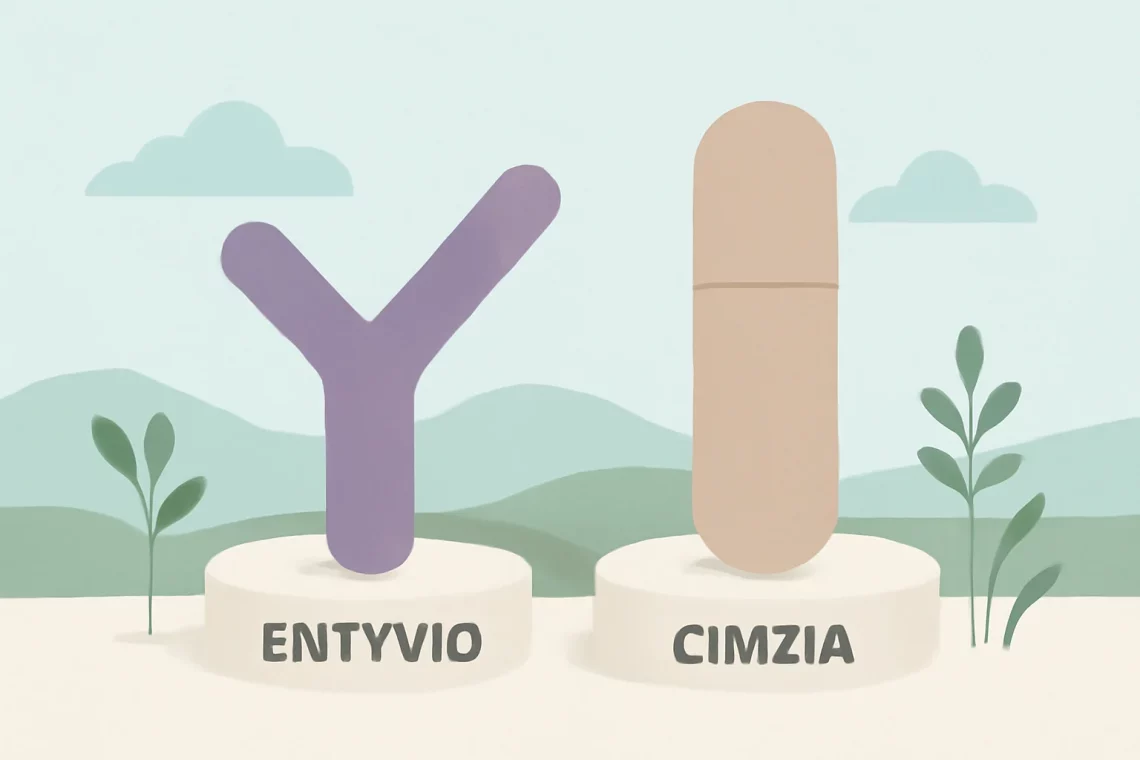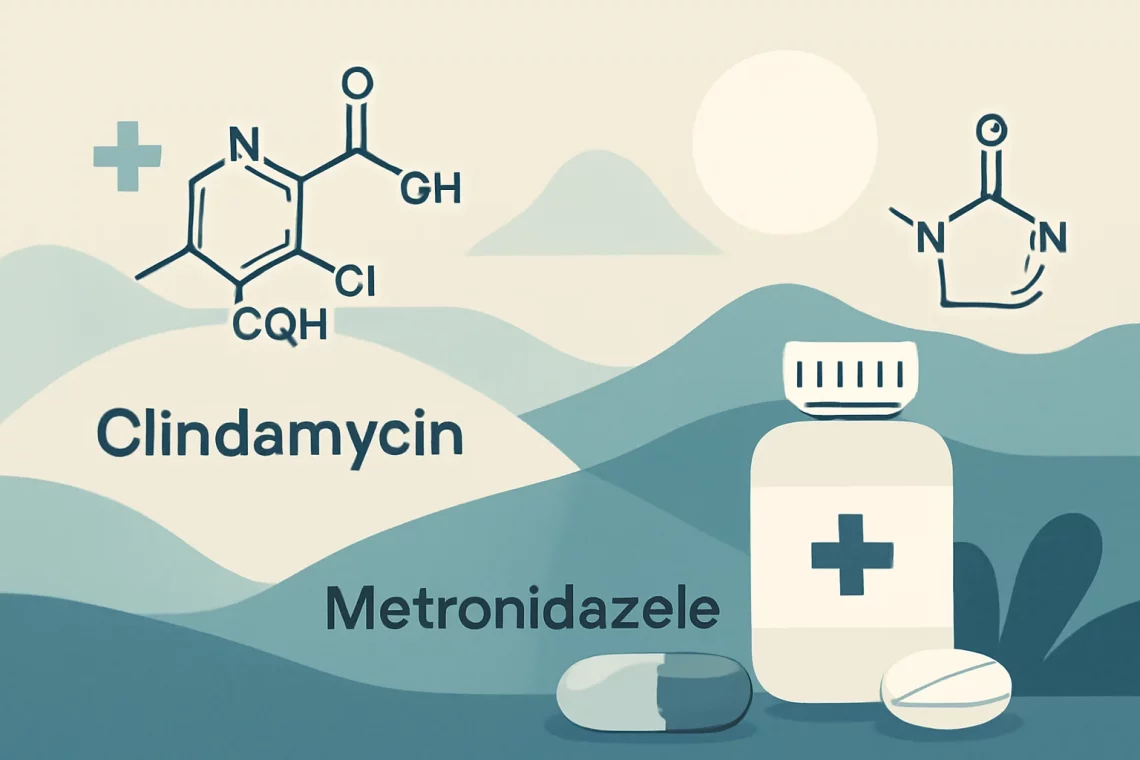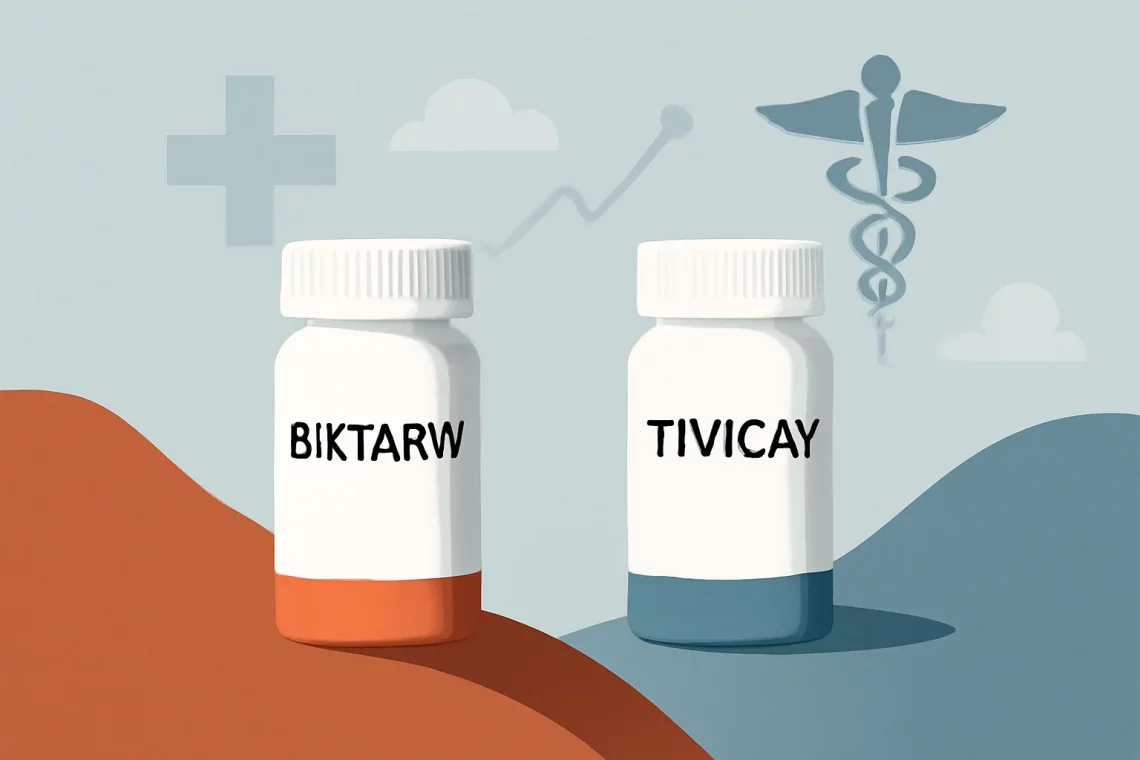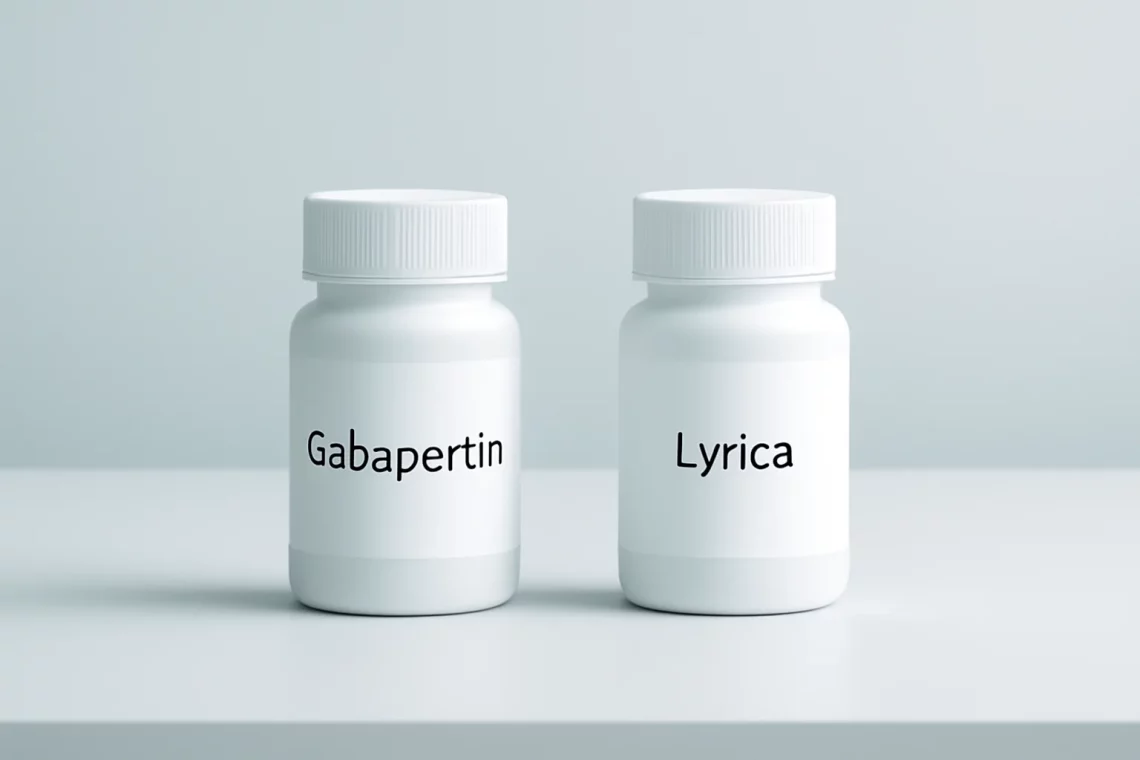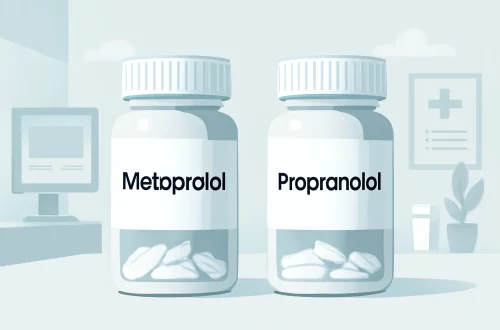-
Entyvio vs Cimzia: A Comprehensive Comparison of Treatment Options
-
Escitalopram vs Fluoxetine: Which Antidepressant Is Right for You?
Escitalopram and fluoxetine are two widely prescribed selective serotonin reuptake inhibitors (SSRIs) used primarily to treat depression and anxiety disorders. Both medications have gained popularity due to their efficacy and generally favorable side effect profiles compared to older antidepressants. The choice between these two drugs often hinges on various factors, including the specific diagnosis, individual patient history, and potential side effects. With mental health issues on the rise globally, understanding the nuances of these medications is becoming increasingly important for both healthcare providers and patients alike. As patients seek effective treatment options, it’s essential to consider not only the mechanisms of action but also the differences in efficacy, side effects,…
-
Tramadol vs Ultram: Understanding Their Differences and Uses
Tramadol and Ultram are two terms that often evoke confusion among patients and healthcare providers alike. At first glance, one may wonder if they are distinct medications or perhaps different names for the same drug. The truth is that both terms are intricately linked, yet they represent different aspects of pain management strategies. Understanding the nuances between these terms is crucial for anyone navigating the world of pain relief medications. Tramadol is a prescription medication primarily used to treat moderate to moderately severe pain. It works by altering the way the brain and nervous system respond to pain. On the other hand, Ultram is a brand name for tramadol, and…
-
Zolpidem vs Eszopiclone: Which Sleep Aid is Right for You?
Zolpidem and eszopiclone are two commonly prescribed medications used to treat sleep disorders, particularly insomnia. As sleep-related issues continue to affect millions of people worldwide, understanding the differences, benefits, and drawbacks of these medications becomes increasingly important. Both drugs belong to a class of medications known as sedative-hypnotics, which work by influencing neurotransmitters in the brain to promote relaxation and sleep. However, despite their similar purposes, zolpidem and eszopiclone differ significantly in their mechanisms of action, side effects, and ideal usage scenarios. The growing prevalence of sleep disorders highlights the need for effective treatment options. Chronic insomnia can lead to a myriad of health issues, including anxiety, depression, and cognitive…
-
Farxiga vs Steglatro: Which Diabetes Medication is Right for You?
In the realm of diabetes management, the emergence of new medications has revolutionized treatment options for patients. Among these medications, Farxiga and Steglatro have gained significant attention for their effectiveness in controlling blood sugar levels. Both drugs belong to the SGLT2 inhibitor class, which works by preventing the reabsorption of glucose in the kidneys, promoting its excretion through urine. This mechanism helps to lower blood glucose levels, making them a viable option for many individuals living with type 2 diabetes. As the prevalence of diabetes continues to rise globally, understanding the differences and similarities between these two medications becomes increasingly important for patients and healthcare providers alike. Each medication comes…
-
Clindamycin vs Metronidazole: Which Antibiotic Should You Choose?
Clindamycin and metronidazole are two commonly used antibiotics that serve distinct purposes in the treatment of various bacterial infections. While both medications have proven effective in managing infections, their mechanisms of action, spectrum of activity, and specific indications differ significantly. Understanding these differences is crucial for both healthcare providers and patients, as the choice of antibiotic can significantly influence treatment outcomes. In clinical settings, the selection between clindamycin and metronidazole often hinges on the type of infection being treated, the patient’s medical history, and potential side effects. Both antibiotics possess unique properties that make them suitable for targeting specific bacterial pathogens. As antibiotic resistance becomes a growing concern globally, the…
-
Biktarvy vs Tivicay: Comparing Two Leading HIV Treatment Options
In recent years, the landscape of HIV treatment has evolved significantly, leading to the development of various antiretroviral therapies. Among these, Biktarvy and Tivicay have emerged as two prominent options for managing the virus effectively. As individuals living with HIV seek to understand their treatment options, it is crucial to explore the distinctions, efficacy, and overall impact of these medications. Both Biktarvy and Tivicay are designed to help individuals maintain viral suppression and improve their quality of life. They belong to different classes of antiretroviral drugs, which means their mechanisms of action, dosing regimens, and potential side effects can vary significantly. Understanding these differences can empower patients and healthcare providers…
-
Tamsulosin vs Alfuzosin: Which Medication is Right for You?
Tamsulosin and Alfuzosin are medications commonly prescribed for the treatment of benign prostatic hyperplasia (BPH), a condition characterized by the enlargement of the prostate gland in men. BPH can lead to uncomfortable urinary symptoms, such as difficulty in starting urination, weak urine stream, and frequent urination, particularly at night. As men age, the risk of developing BPH increases significantly, making effective management of the condition crucial for improving quality of life. Both Tamsulosin and Alfuzosin belong to a class of drugs known as alpha-1 adrenergic antagonists, which work by relaxing the muscles in the prostate and bladder neck, thereby easing the flow of urine. While both medications serve a similar…
-
Ciprofloxacin vs Levofloxacin: Which Antibiotic is Right for You?
Ciprofloxacin and Levofloxacin are two widely used antibiotics that belong to the fluoroquinolone class of drugs. These medications are commonly prescribed to treat various bacterial infections, making them vital tools in modern medicine. Their effectiveness against a broad range of pathogens has made them popular choices among healthcare providers. However, despite their similarities, there are distinct differences between these two medications that can influence treatment decisions. The rise of antibiotic resistance has further complicated the landscape of bacterial infections, necessitating a deeper understanding of the available treatment options. Healthcare professionals often assess the specific characteristics of each antibiotic, including their spectrum of activity, pharmacokinetics, and potential side effects, to determine…
-
Gabapentin vs Lyrica: A Comprehensive Comparison of Two Medications
Gabapentin and Lyrica are two medications commonly used to manage various types of nerve pain and certain seizure disorders. Both drugs belong to a class of medications known as anticonvulsants, which work by stabilizing electrical activity in the brain and modulating neurotransmitter release. Despite their similar purposes, gabapentin and Lyrica (pregabalin) have distinct formulations, efficacy profiles, and potential side effects, making it essential for healthcare providers to carefully consider which medication may be most appropriate for each individual patient. The rise in awareness regarding chronic pain conditions has led to increased usage of these medications, often resulting in confusion among patients who may not fully understand the differences between them.…
